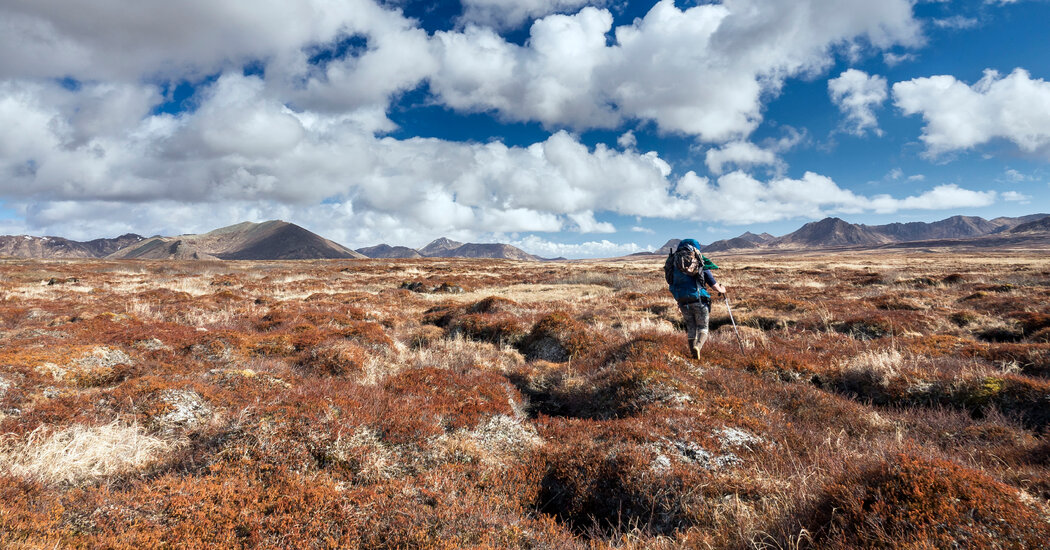Questions linger over what this year’s layoffs and ranger protests at the National Park Service will mean for travelers, who made a record 331 million visits to park properties last year. Adding to the confusion is the federal court ruling on Thursday that the firings were done unlawfully and agencies must rehire their cut workers.
The National Park Service’s parks, sites and monuments, however, are not the only public lands affected by the seesawing reports of staffing levels and budget cutbacks brought on by the Trump administration’s goal to trim government spending.
The Bureau of Land Management, the U.S. Forest Service and the U.S. Fish & Wildlife Service, the three largest managers of public land in the United States, also keep public lands accessible. The B.L.M. alone covers 235 million acres, or nearly one-tenth of the country. If these agencies lose many of their workers, who will be around to handle the influx of visitors as summer travel season gears up?
“A lot of the American public has no idea what we provide,” said Mary Erickson, a retired forest supervisor at Custer Gallatin National Forest in Montana, which averages three million visitors a year.
Custer Gallatin has so far lost 42 employees — roughly a quarter of its non-firefighting work force — and the Forest Service as a whole has experienced a reported 3,400 layoffs. Whether the workers will be reinstated is unclear, but those affected perform vital tasks that may be invisible to the public, like clearing trails, managing cabin and campground bookings, and cleaning public toilets. And these agencies have already been operating at a deficit, thanks to budget shortfalls and understaffing.
For now, disruptions at visitor centers and campgrounds appear likely, though the scale is uncertain.
“As long as we don’t have wildfires, major flood events or windstorms, it might be easy to say everything’s fine,” Ms. Erickson said. “But a year from now, these things start to add up.”
The B.L.M., the Forest Service and the Fish & Wildlife Service balance recreation with other uses on their properties, like mining, hunting and logging. Here’s what to know when you’re considering a trip to any lands maintained by these agencies:
What the agency oversees: As part of the Interior Department, the B.L.M. has historically walked a fine line between recreation and development — 90 percent of B.L.M. lands are open to oil and gas leasing. The agency also manages livestock grazing,…
Click Here to Read the Full Original Article at NYT > Travel…
